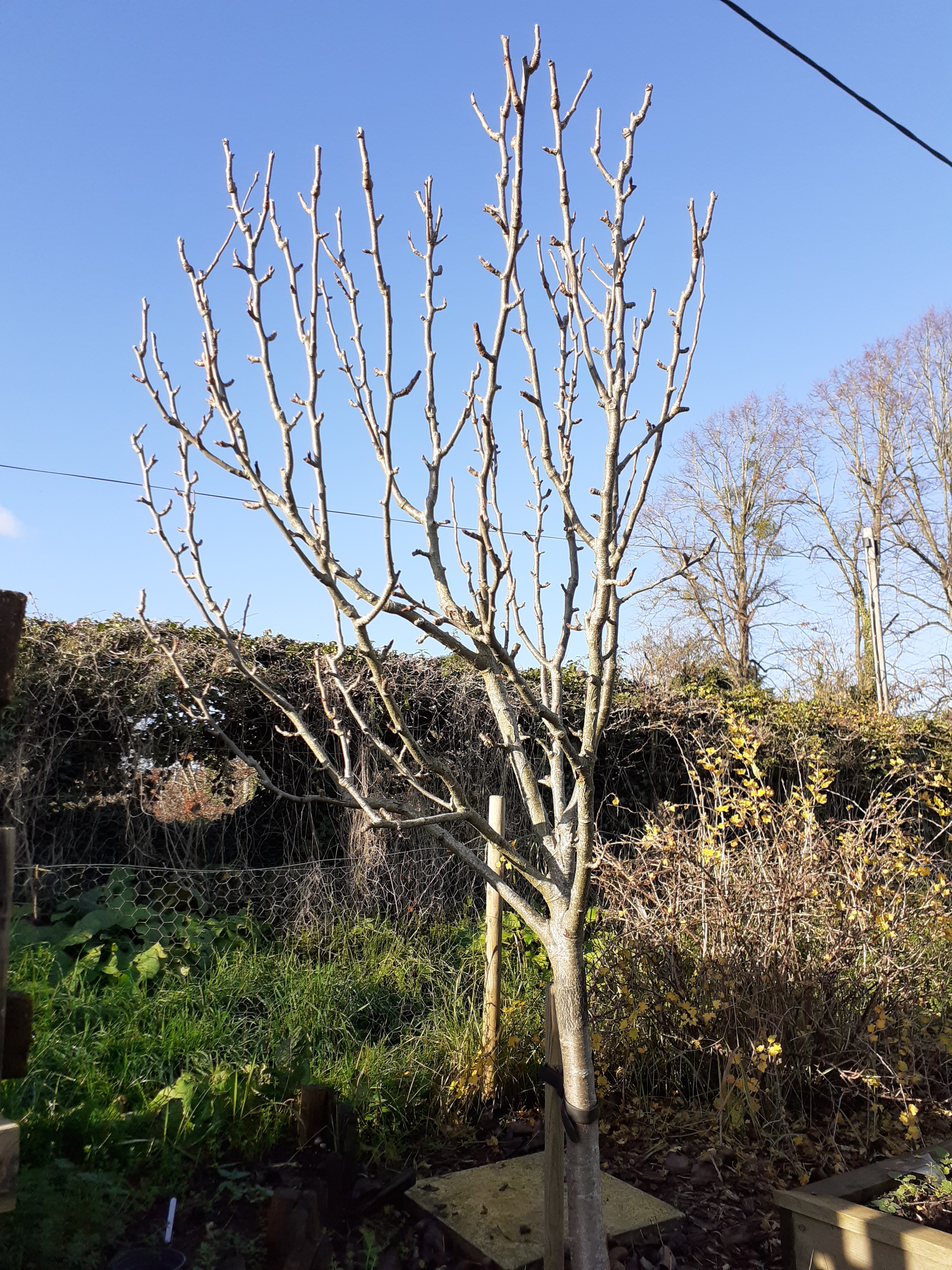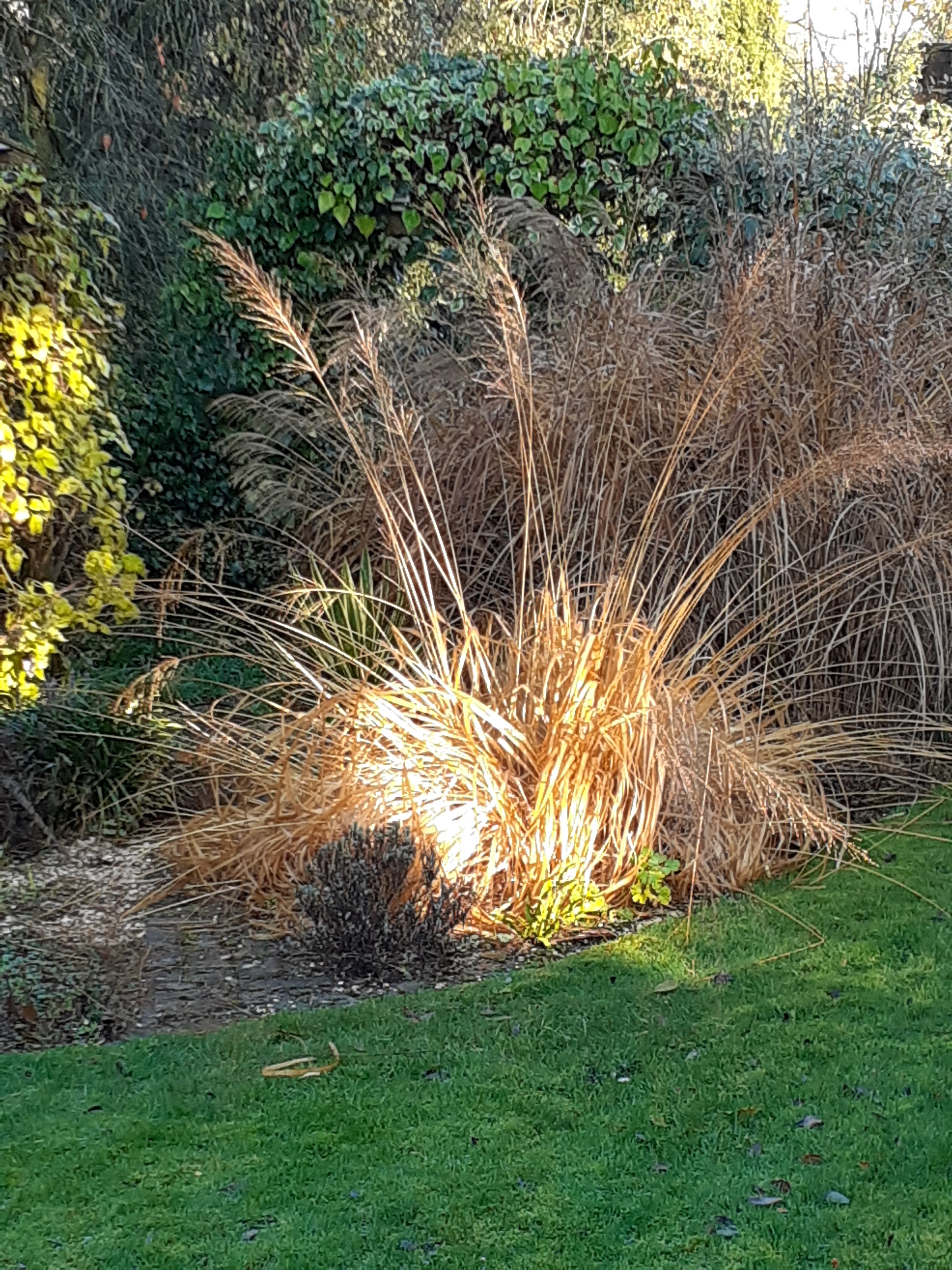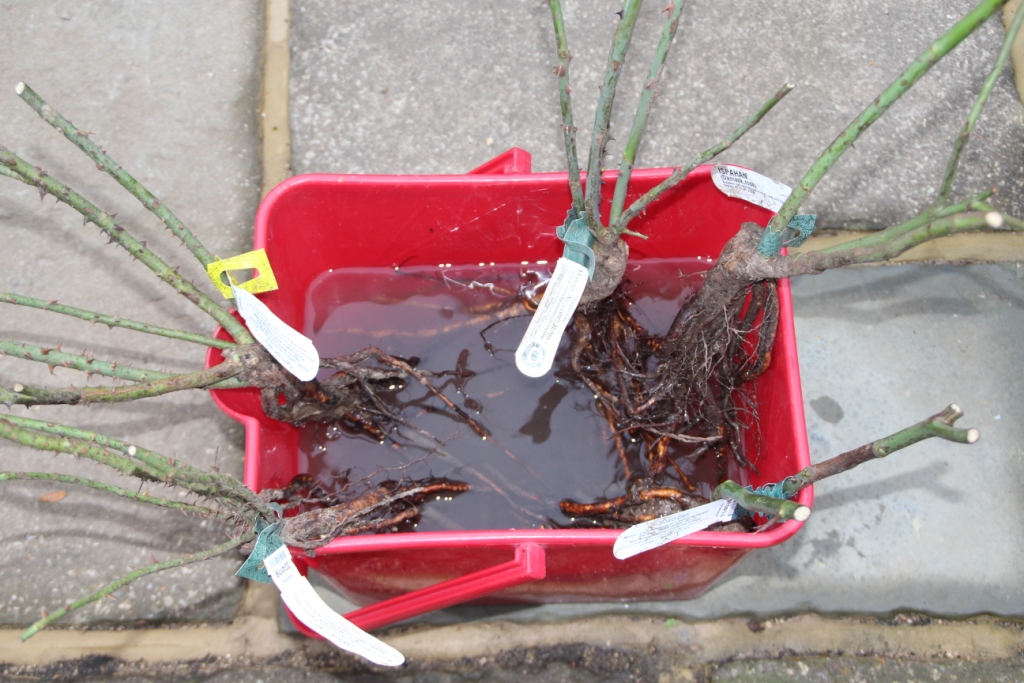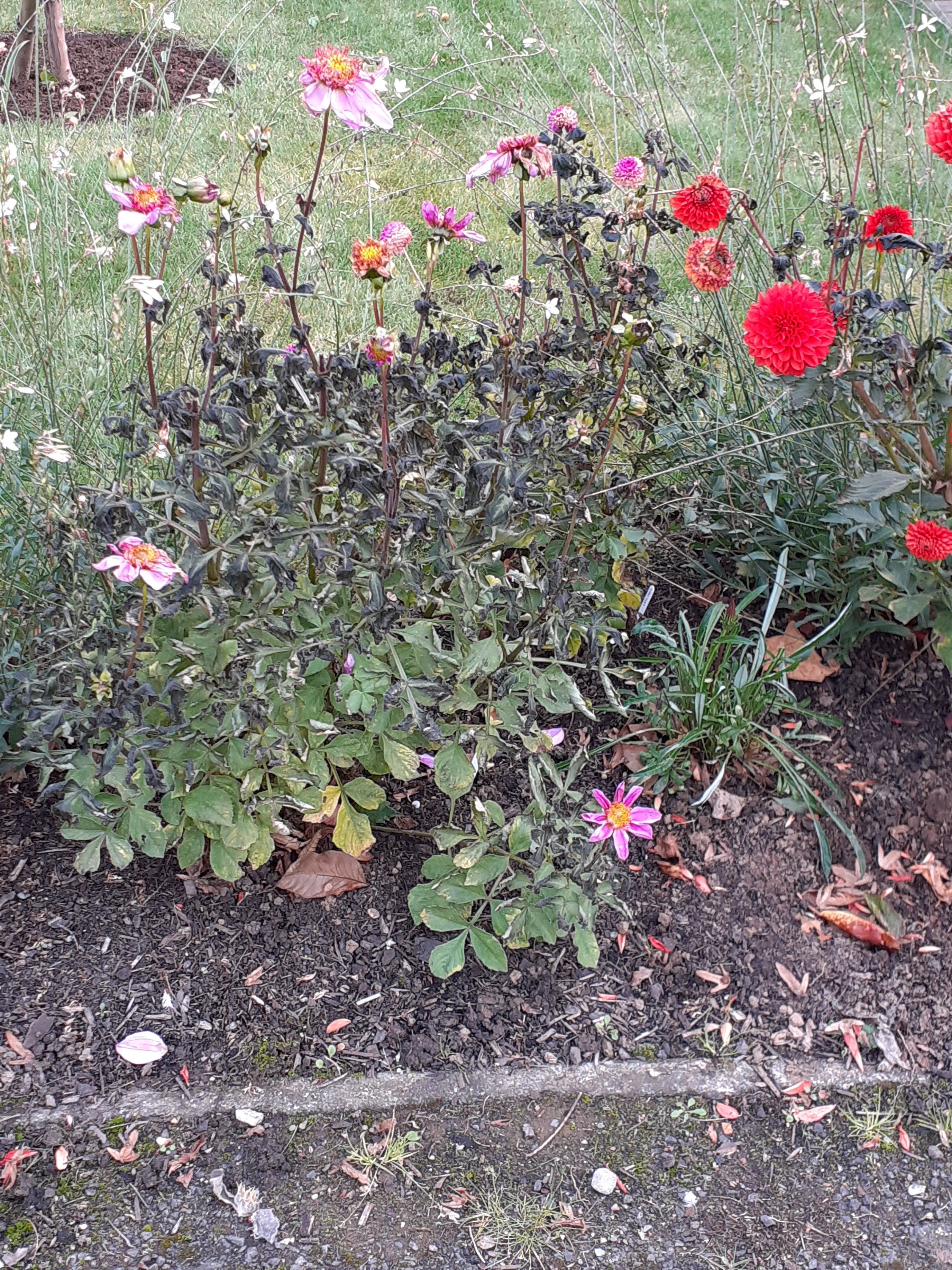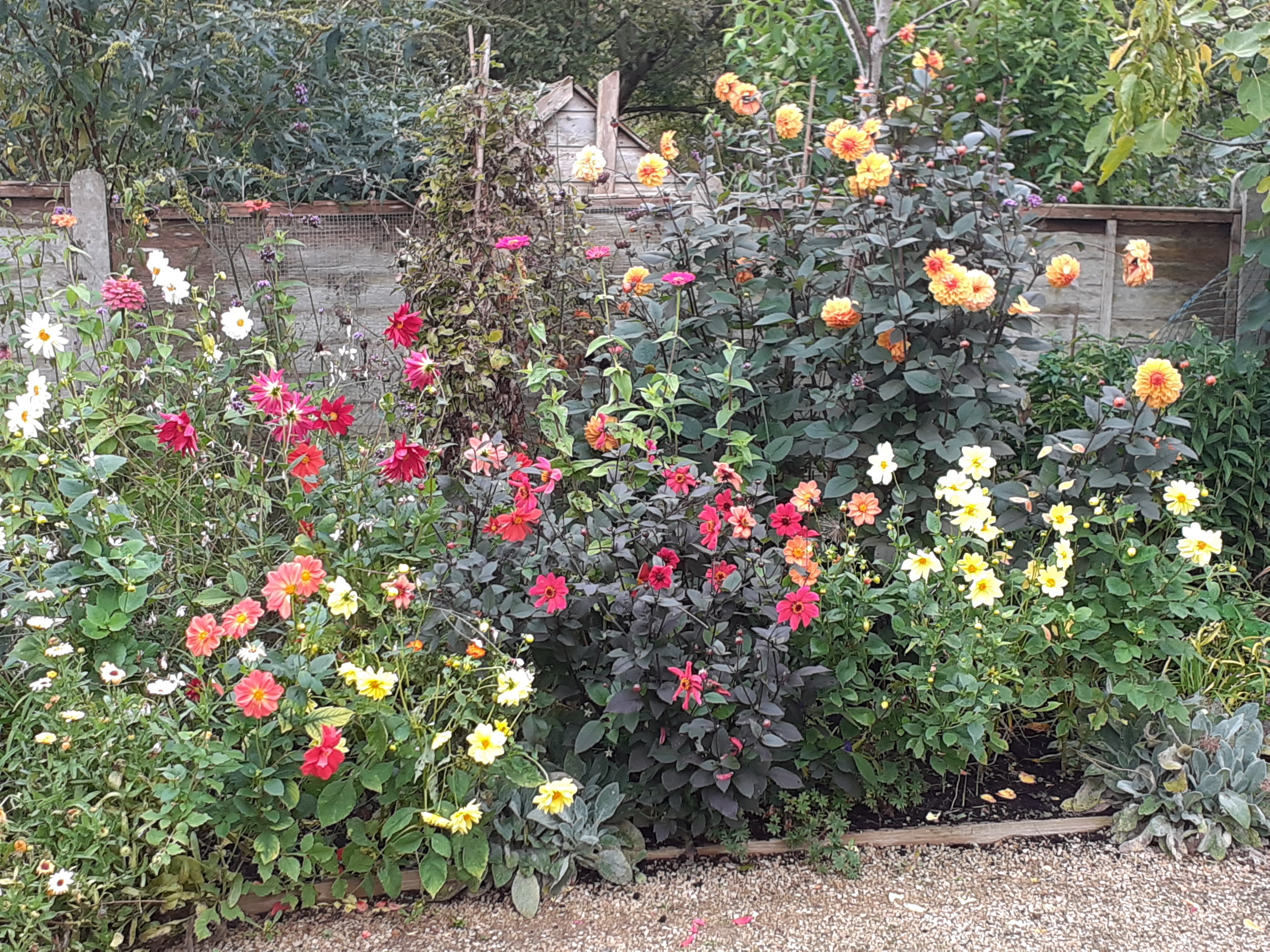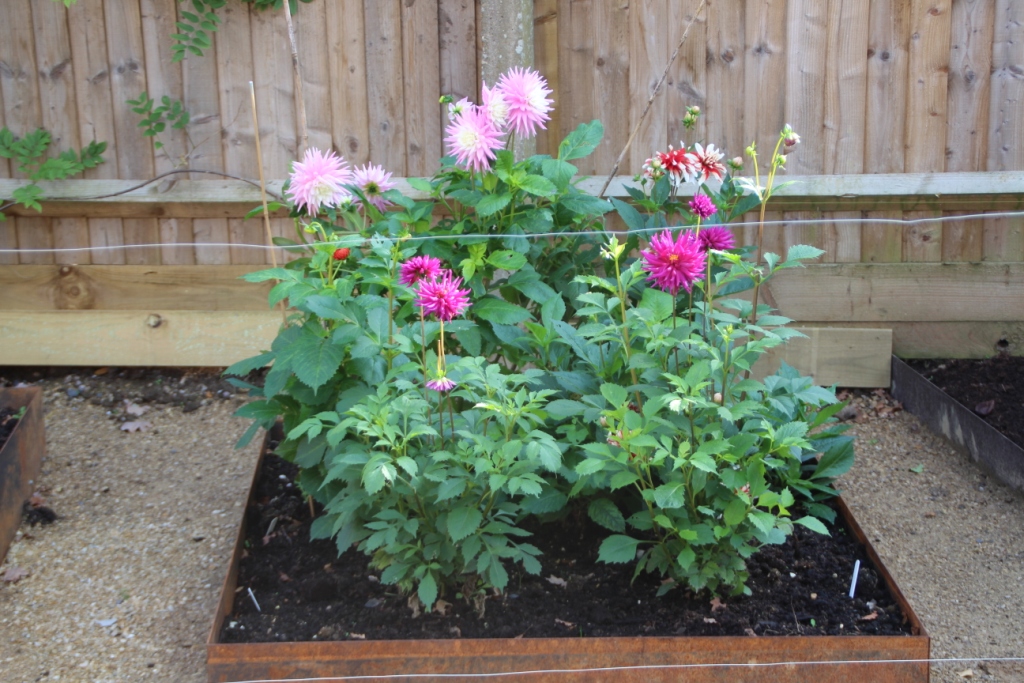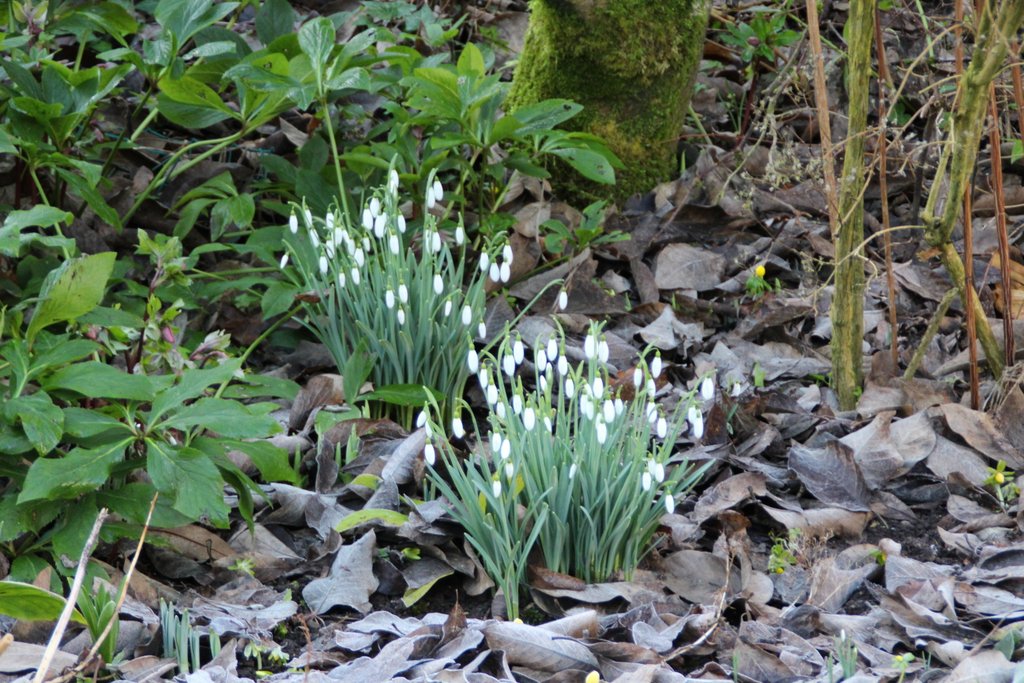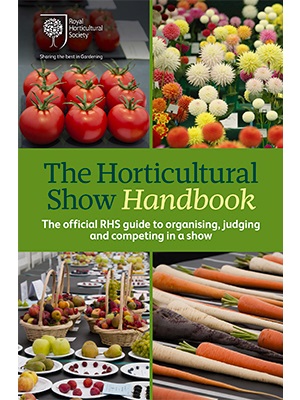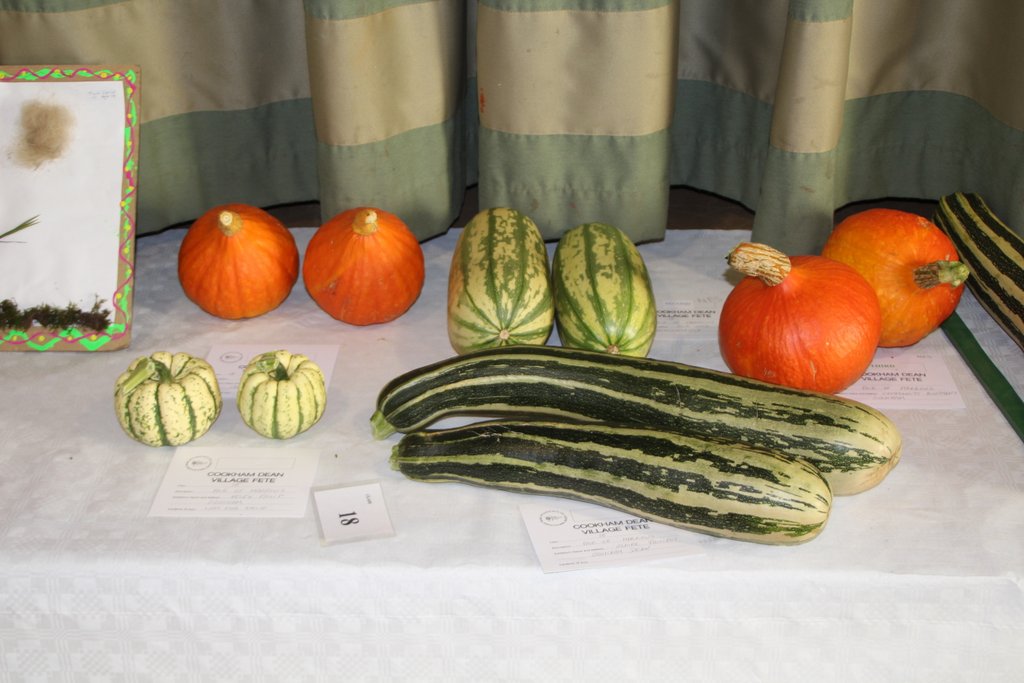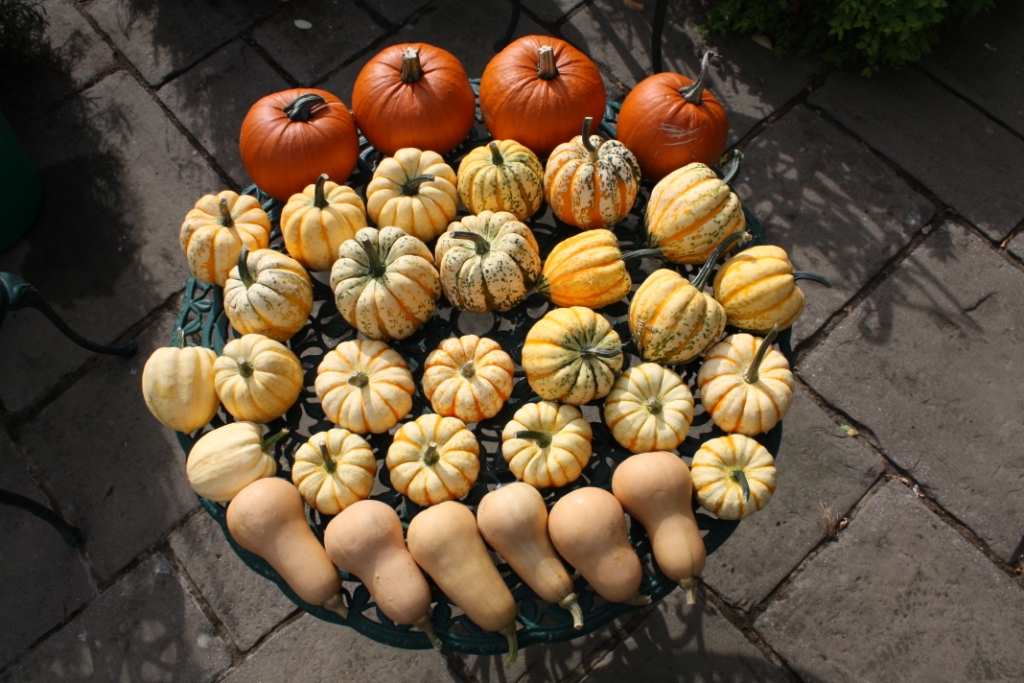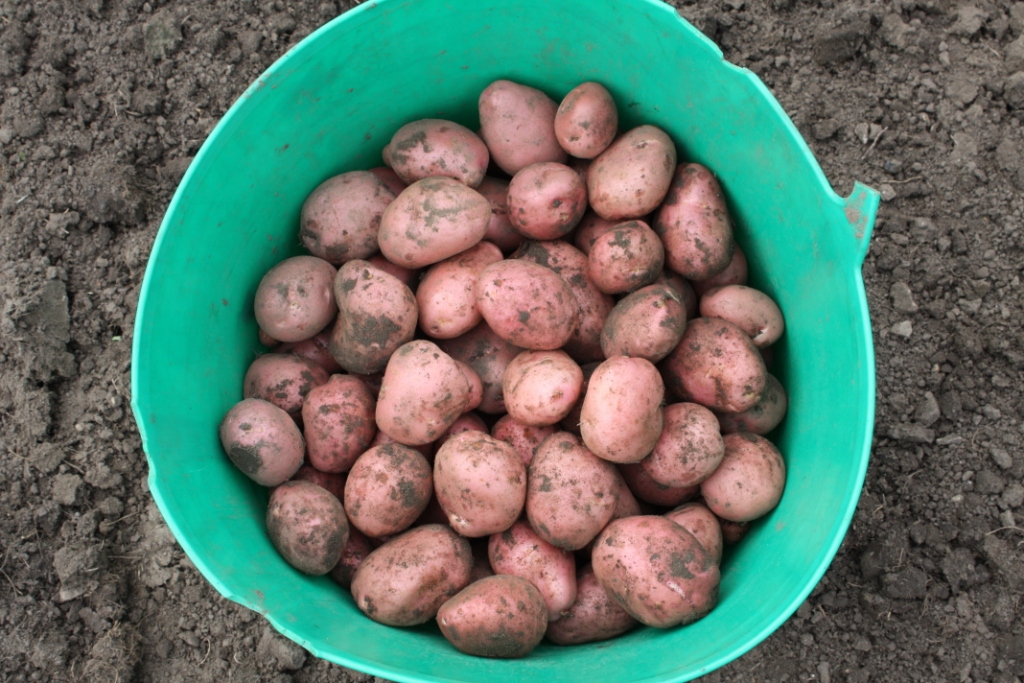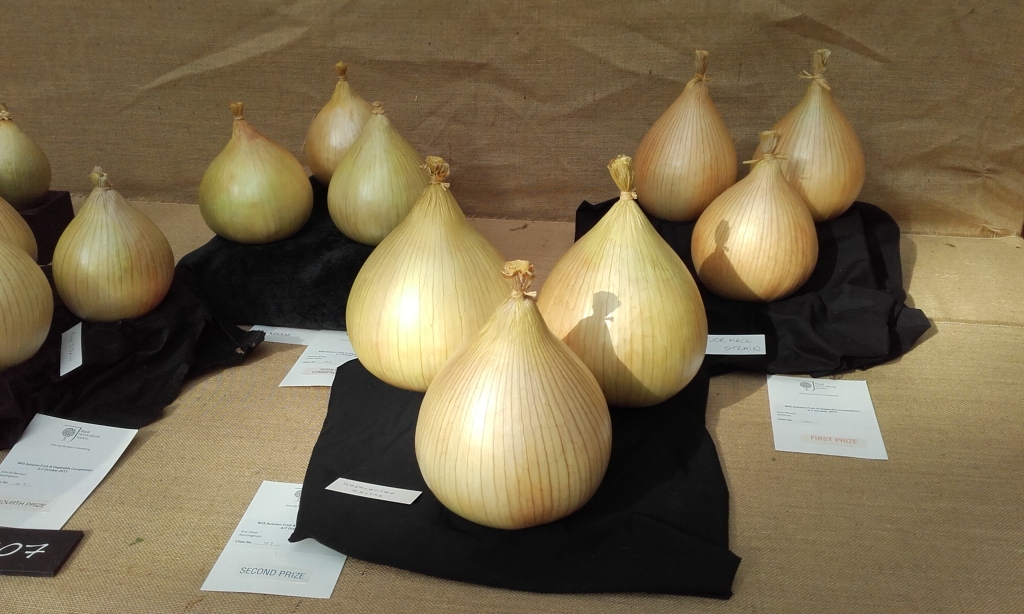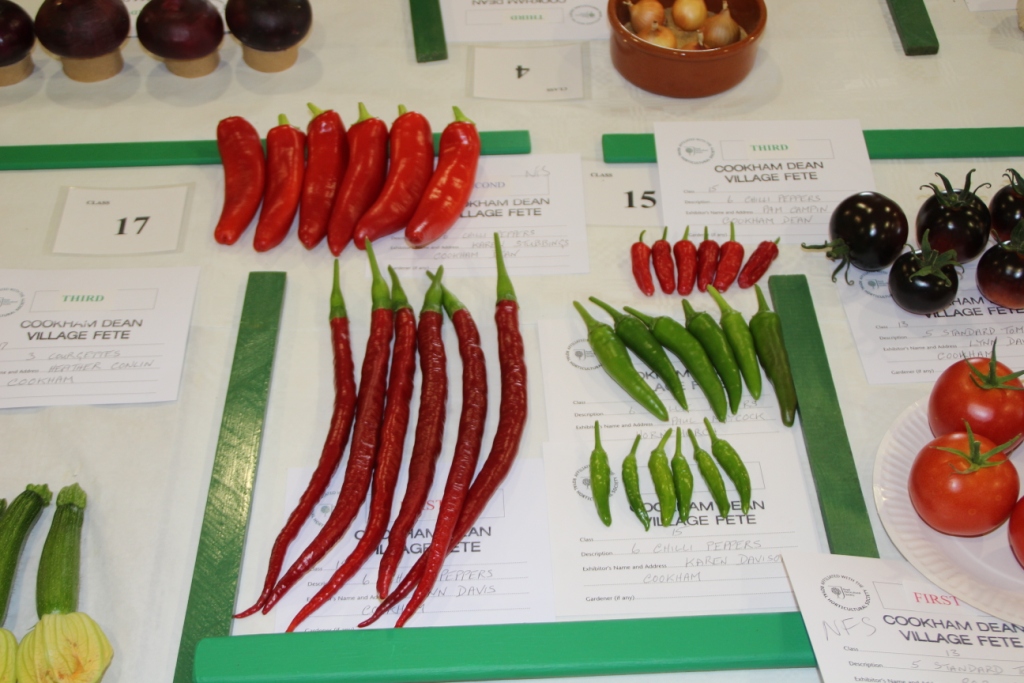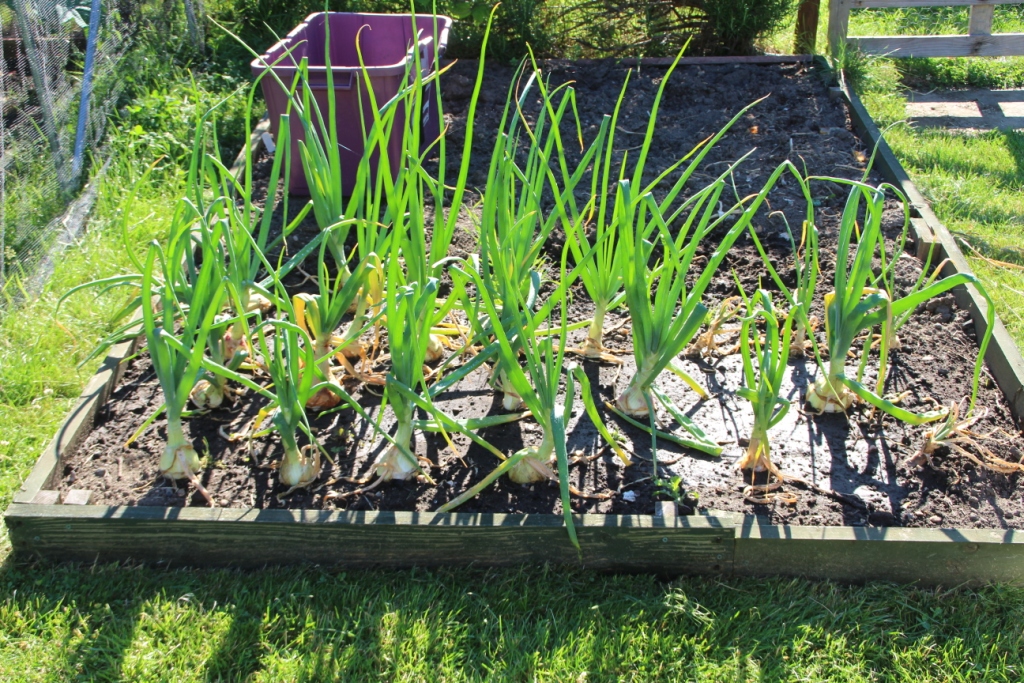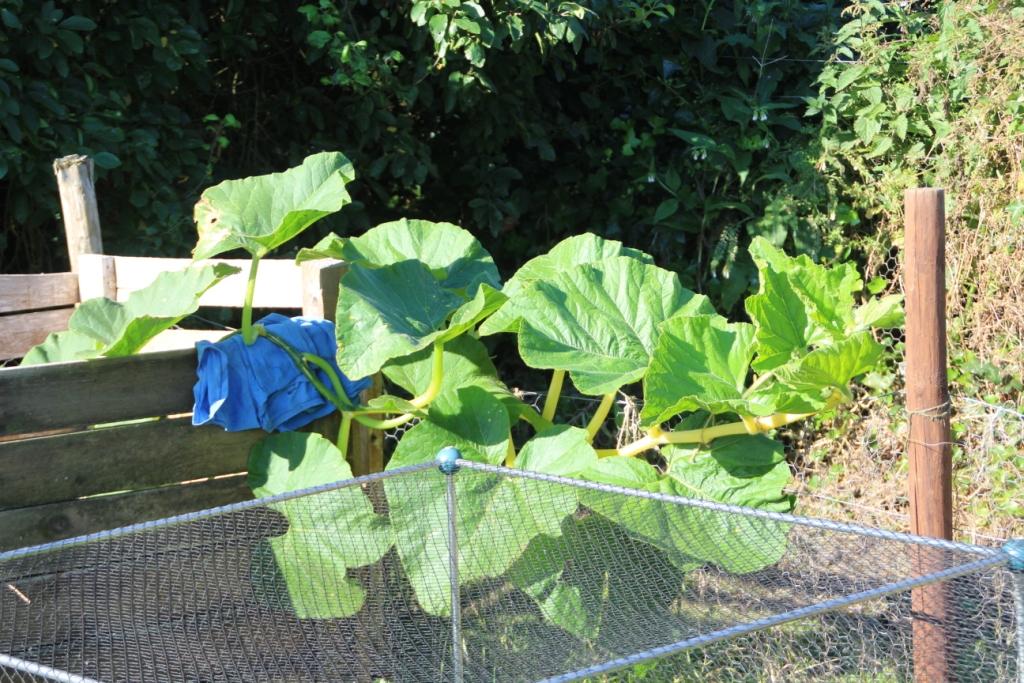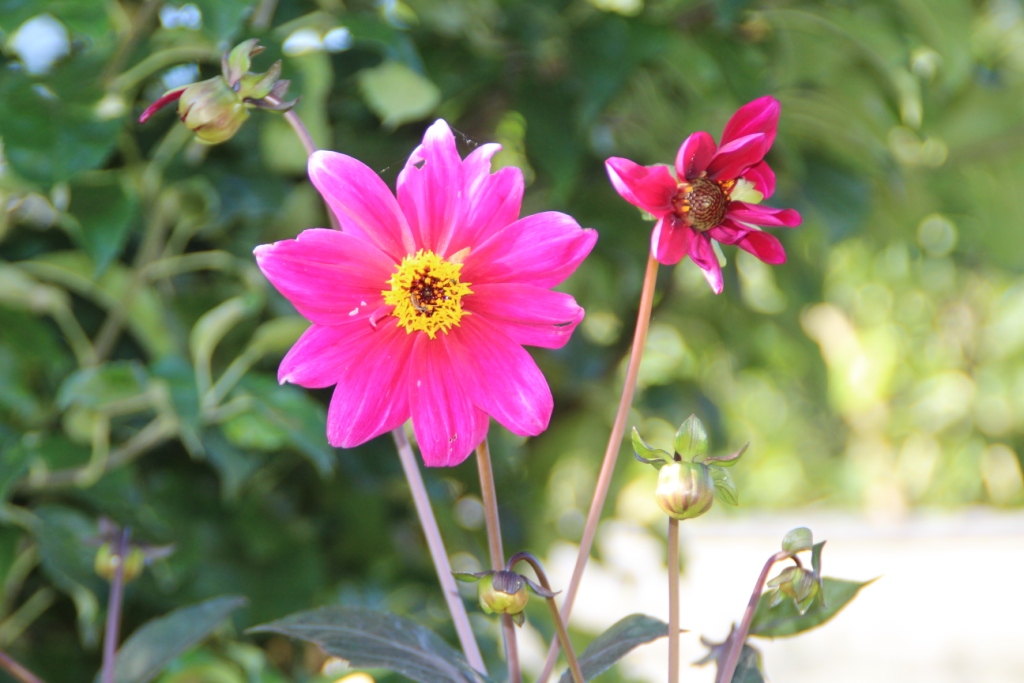Winter is often thought of as being a time for “jobs” such as digging, tidying up perennials, cleaning greenhouses – so far so mundane and fairly uninspiring. This approach tends to push gardening into the category of things we should do rather than things we want to do. A recent piece on “Gardeners’ Question Time” railed against the gardening obsession with jobs, suggesting that a cookery programme that highlighted “a good time to clean the oven” might not expect a particularly long run.
Let’s be positive and look to make the most of bright and dry days in December and January with more creative tasks.
Top of the list for us is pruning fruit trees such as apples and pears and other smaller garden trees like Amelanchier. After doing this your lovely open tree looks great as a winter silhouette and will have healthier growth and better flowering and fruiting in a few months. In the picture below you can see the profusion of fat flowering buds promising a lovely display in the spring and (fingers crossed) a healthy crop to follow.
Take it slowly; treat it as a work of art rather than a task to done as quickly as possible. Once you’ve cleared out dead, diseased and damaged wood concentrate on what you are leaving, create the shape you want to see, stepping back frequently to assess the overall picture. A useful rule of thumb is spend as much time looking as you spend cutting. It can be very helpful to have two people working together, one cutting and the other standing back to keep am eye on the emerging shape and to identify what should be removed (or left). Only take a maximum of one third of the wood in one go, if more is required re-visit it next year.
Planning and researching are good ways to get the creative juices going. Look at your garden, are there areas that would benefit from more winter interest and colour? If so, you can use miserable days to do on-line research and take advantage of better days and winter holidays to visit gardens and look for winter planting ideas. Don’t be intimidated by the scale of gardens that you might visit, while we don’t all have the acreage of Cliveden we do all have a patch that might benefit from a small carpet (or maybe a rug) of bluebells or some striking stems of Cornus or Salix. Winter-scented plants such as Sarcococca and Daphne can live in relative obscurity for much of the year, but bring the whole garden to life on those glorious sunny days in winter when they fill it with perfume. Even something as simple as a dormant grass can be spectacular in winter sunshine.
For instant creativity and colour, plant up winter containers, especially around doorways and entrances. Remember that the plants in winter containers won’t grow that much, so you can really pack them in to make a big impact.

